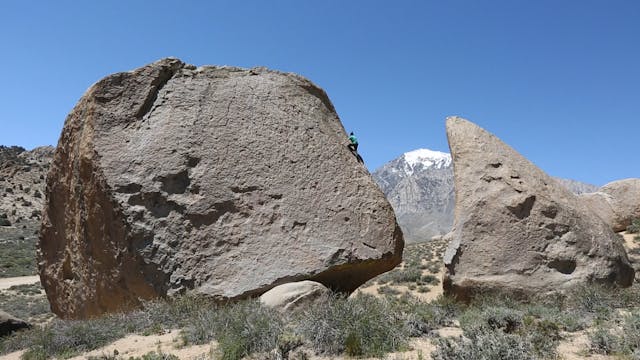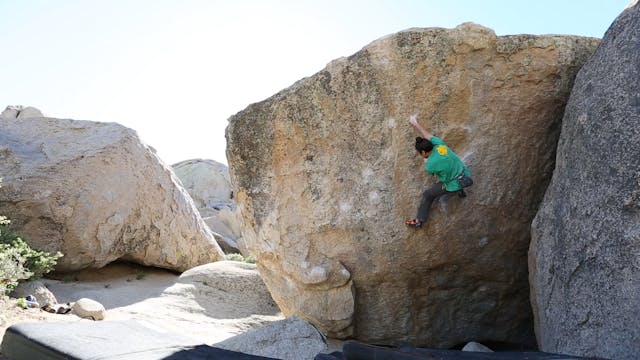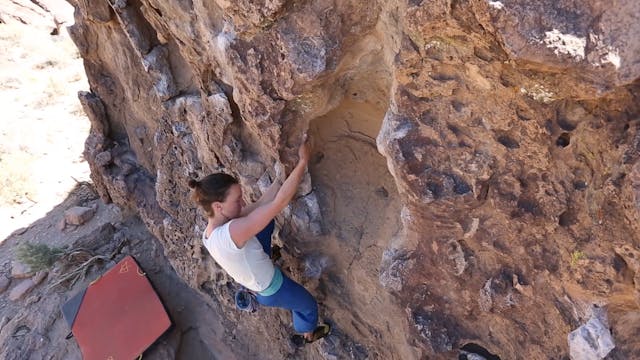Climbing Movement: 18. Resting While Climbing
Climbing Movement
•
1m 4s
Here we review the opposite of movement. Specifically, resting!
The importance of resting while climbing cannot be stressed enough. Whether you are working on a tall bouldering project or a long route, if at first you don’t succeed, consider taking a rest.
Resting on route or between attempts helps with the following:
- Slows down the heart rate
- Allows the muscles to relax and regain strength
- Increases endurance
- Gives the climber a chance to review the problem or next move
- Prevents injury from over-straining key tendons or muscles
Especially on longer routes, it is important to find areas on the route with large jugs or edges where you can rest. These rest points help you to power through the more challenging crux parts of the climb. For more on this see our other videos on “Resting between Attempts” and “Resting on the Route”.
We hope you found this video helpful. Feel free to comment below with questions or thoughts!
Please remember, climbing is inherently dangerous. Climb at your own risk.
Up Next in Climbing Movement
-
Climbing Movement: 19. Staying Calm &...
A calm and focused climber often succeeds in topping out on routes, despite personal fatigue or route intensity. Below are a few tips for staying calm and focused:
1. Breathing is one of the most important elements to remaining calm and focused while climbing. Maintaining composure through bre...
-
Climbing Movement: 20. The Importance...
“Leaning” technique uses bodyweight to maximize the effectiveness of a hold, while preserving energy on the route.
1. As you approach a hold, consider the climbing hold’s direction of pull.
2. When first engaging with the climbing hold, keep in mind the ways you might oppose, or lean again...
-
Climbing Movement: 21. Side Pulls
A “side pull” is any hold that has vertical orientation in relation to the climb. Meaning, pulling sideways. Side pulls come in all shapes and sizes, from crimps to jugs.
Below are a few considerations for climbing side pulls:
1. Pull laterally from the side angle, instead of downward
2....


